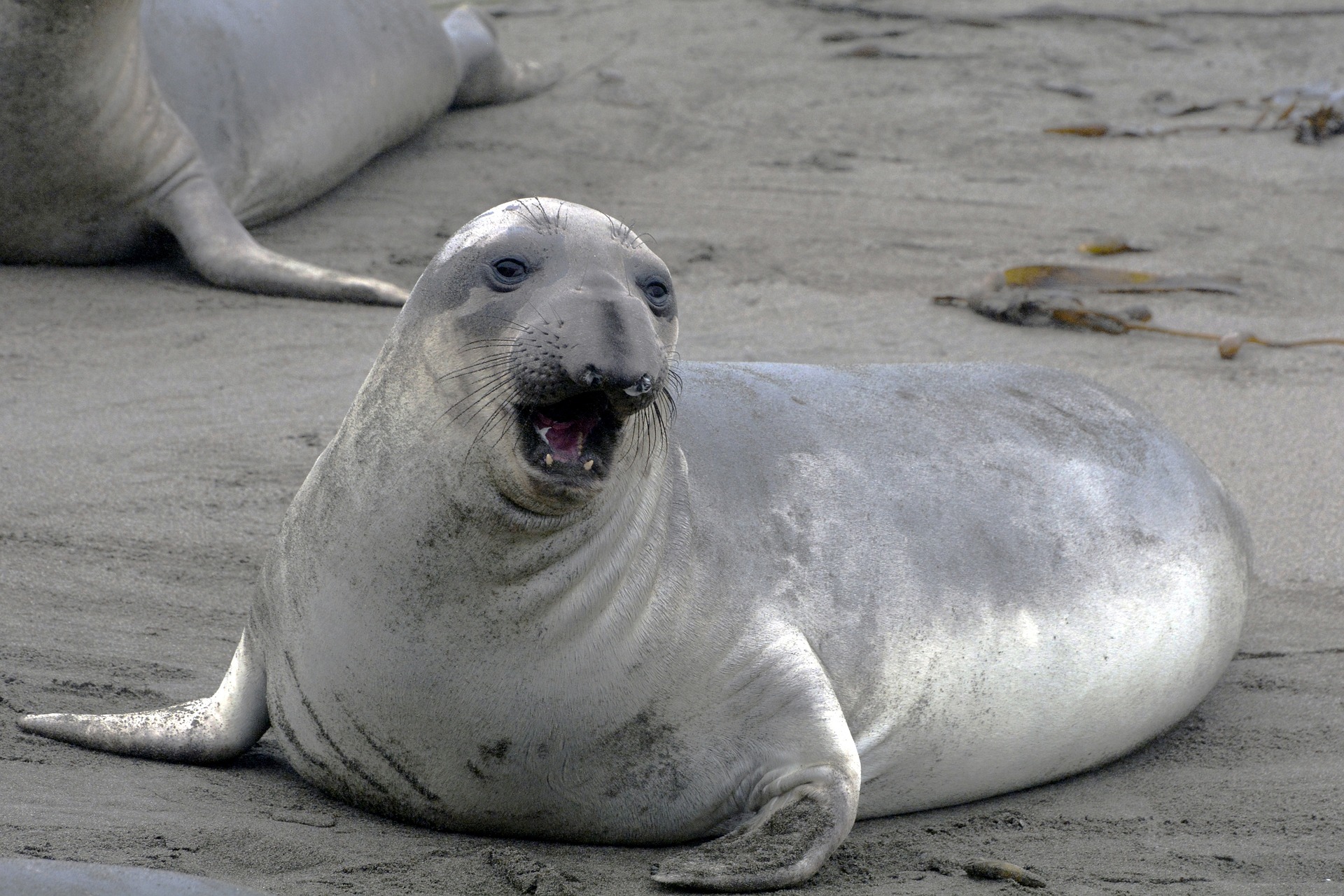Welcome to the world of elephant seals, where these magnificent creatures never cease to amaze us with their incredible abilities! Did you know that elephant seals can hold their breath for over two hours? Yes, it’s true! These marine mammals have developed some fascinating adaptations that allow them to survive in the harsh underwater environment. In this blog post, we will delve into how elephant seals breathe underwater, use their tails for movement and feet for defense. So get ready to be amazed by these extraordinary creatures and discover why they are famous for their endurance!
How Elephant Seals Breathe Underwater
When it comes to breathing underwater, elephant seals have a unique method that sets them apart from other marine mammals. Unlike whales and dolphins, which need to come up for air every few minutes, elephant seals can stay underwater for up to two hours without taking a breath!
So how do they do it? Well, first of all, let’s take a closer look at their anatomy. Elephant seals have large lungs and an extensive network of capillaries that allow them to store more oxygen in their bloodstream than other animals.
But that’s not all – elephant seals also have the ability to slow down their heart rate when diving. This helps conserve oxygen and allows them to hold their breath for longer periods.
When they dive deep into the ocean, they close off their nostrils and contract special muscles around their larynx (or voice box) to prevent water from entering. This mechanism is called the “laryngeal seal,” which acts as a watertight barrier between the ocean and the lung.
In short, these adaptations allow elephant seals to remain underwater for extended periods while conserving precious energy resources. Their remarkable ability to hold their breath has helped them survive in some of the harshest environments on Earth!
How Elephant Seals Use Their Tails for Movement
Elephant seals are fascinating creatures that can hold their breath for over two hours underwater. But how do they navigate the ocean depths? One of the ways elephant seals move through water is by using their tails.
The tail of an elephant seal is long and muscular, allowing them to use it as a rudder to steer through the water. By moving their tail from side to side, they can change direction quickly and swim with great agility.
In addition to steering, elephant seals also use their tails for propulsion. They generate powerful thrusts by rapidly swishing their tails up and down, pushing themselves forward through the water at impressive speeds.
Interestingly, male elephant seals have larger tails than females. This difference in size may be due to the fact that males need more strength and power for competing with other males during mating season.
Watching an elephant seal effortlessly glide through the water using its tail is truly a remarkable sight. It’s just one of many adaptations these amazing animals have developed over time to ensure survival in their aquatic environment.
How Elephant Seals Use Their Feet for Defense
One of the remarkable features of elephant seals is their ability to use their feet for defense. These marine mammals are known for their aggressive behavior, especially during mating season when males fiercely compete for breeding rights.
The male elephant seals have large and sharp claws on their front flippers that they use as weapons against rival males. They can also strike with powerful blows using these flippers, which can weigh up to 100 pounds each.
Female elephant seals also use their feet for protection while raising their pups on the beach. They stay close to their young ones and fend off any predators or intruders by charging at them with ferocity.
Interestingly, juvenile elephant seals tend to play-fight with one another using their teeth rather than their feet. As they grow older, however, they begin relying more on flipper strikes and sharpening them in preparation for future fights.
The unique way that elephant seals utilize different parts of their body for various purposes makes them fascinating creatures worth studying further.
Why Elephant Seals Are Famous for Their Endurance
Elephant seals are well-known for their remarkable ability to endure long periods of time underwater. This endurance allows them to travel great distances in search of food and evade predators.
Their high levels of oxygen storage within their bodies allow them to remain submerged for up to two hours. During this time, they slow down their heart rate and conserve oxygen by restricting blood flow to non-essential organs.
These adaptations have allowed elephant seals to become one of the most efficient marine mammals when it comes to hunting and diving. They can dive deep into the ocean depths without experiencing any negative effects, thanks in part to their incredible lung capacity.
Elephant seals also possess strong muscles that help them power through currents during swimming and diving activities. These muscles enable them not only swim fast but also navigate difficult waters with ease.
In addition, elephant seals’ thick layer of blubber acts as an insulator keeping them warm in cold waters while simultaneously providing energy reserves during long dives.
These unique adaptations make elephant seals famous for their endurance among marine mammals. Their superior abilities have enabled Elephant Seals not only survive but thrive as a species despite living in some inhospitable environments on earth’s oceans.
Conclusion
The incredible ability of elephant seals to hold their breath for over two hours is nothing short of amazing. By understanding how these animals breathe underwater, use their tails for movement and their feet for defense, we can appreciate just what makes them such remarkable creatures.
Their impressive endurance has earned them a well-deserved reputation as one of the most resilient animals on earth. It’s no wonder that many people find themselves fascinated by these massive mammals.
Next time you’re near the ocean, take a moment to think about the magnificent elephant seal and its incredible abilities. They are truly worthy of our admiration and respect!










